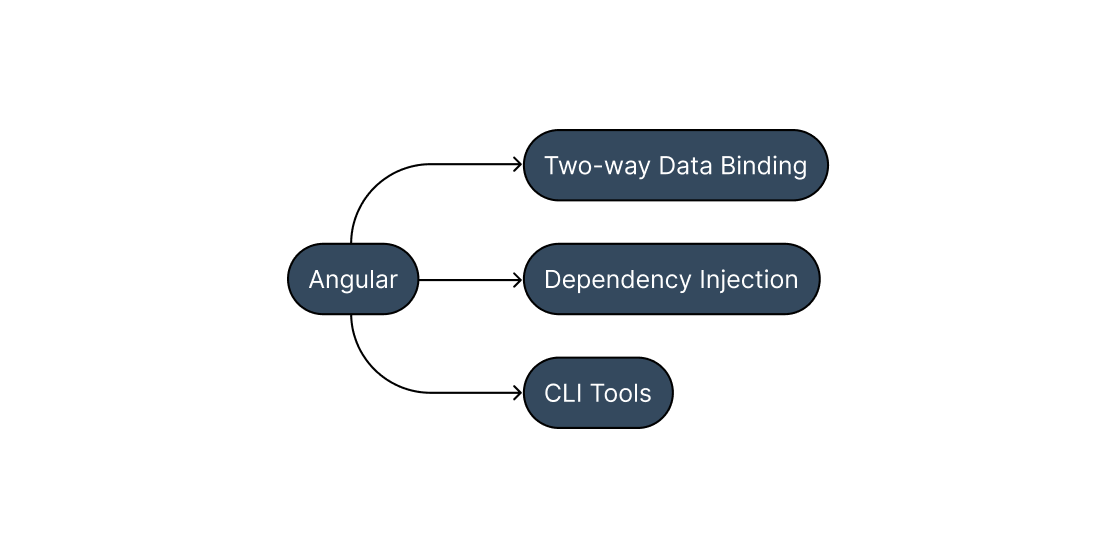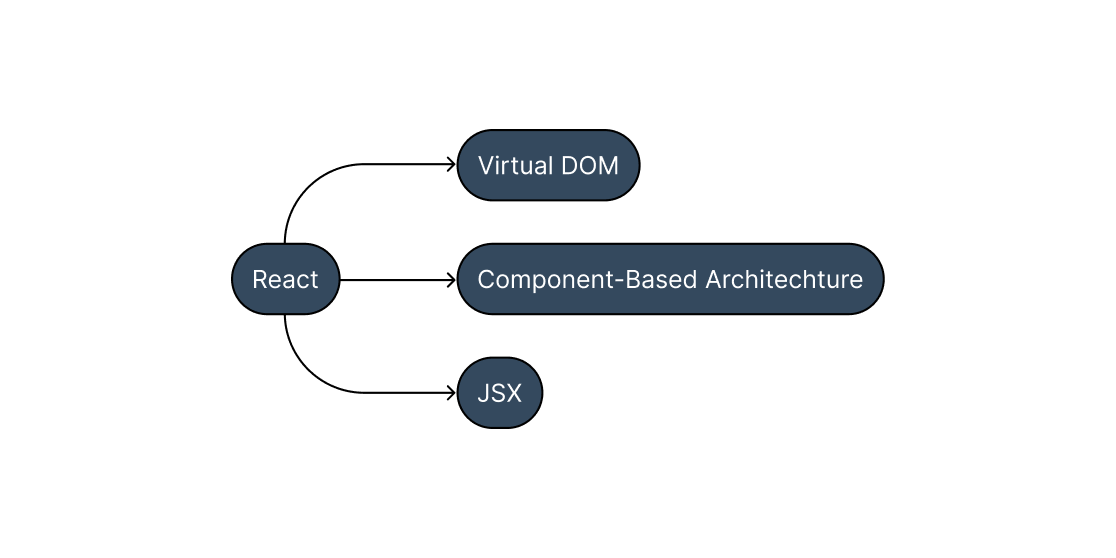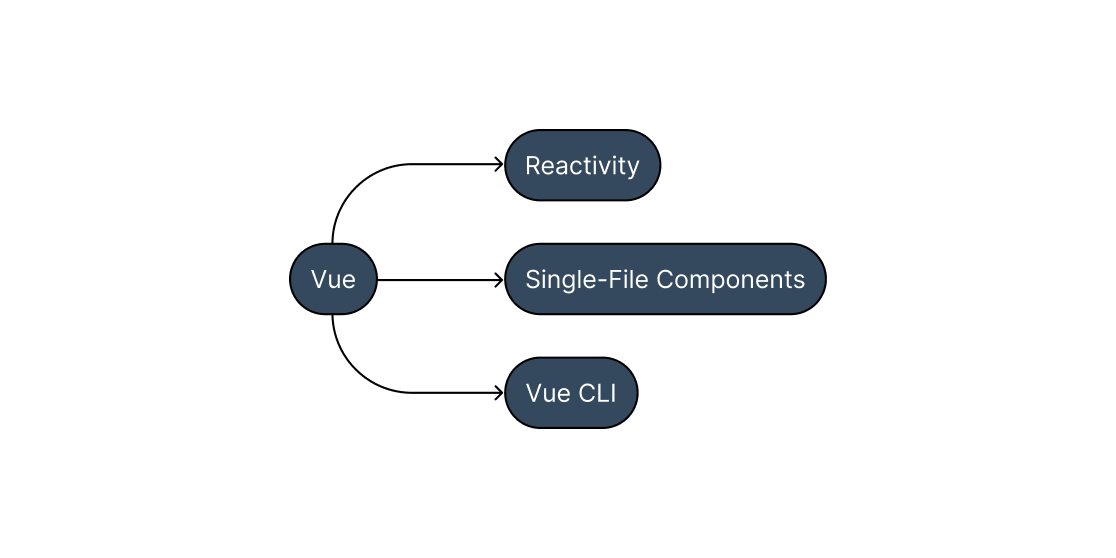Dec 15 2023
Angular Vs React Vs Vue: Choose the Best Framework for Your Project

Introduction
In the world of web development, choosing the right framework can make a significant impact on the success of your project. With a plethora of options available, it can be challenging to determine which framework is the best fit for your specific needs. In this comprehensive guide, we will compare three of the most popular JavaScript frameworks - Angular, React, and Vue - to help you make an informed decision.
Understanding Angular
Angular, developed and maintained by Google, is a comprehensive framework that offers a complete solution for building large-scale, feature-rich applications. It follows the MVC (Model-View-Controller) architecture and provides a robust set of tools and features out of the box. Angular's two-way data binding and dependency injection make it a powerful choice for enterprise-level applications.
Key Features of Angular
Two-way Data Binding:
Angular's two-way data binding simplifies the synchronization of data between the model and the view, reducing the need for manual DOM manipulation.Dependency Injection:
The framework's built-in dependency injection system facilitates the development of modular and testable code.CLI Tools:
Angular's Command Line Interface (CLI) provides a streamlined development experience, offering features such as code generation, testing, and deployment.

Exploring React
React, maintained by Facebook, is a popular library for building user interfaces. It is known for its component-based architecture and virtual DOM, which enables efficient rendering of UI components. React's unidirectional data flow and reusable components make it an excellent choice for building interactive and dynamic user interfaces.
Key Features of React
Virtual DOM:
React's virtual DOM efficiently updates and renders UI components, resulting in improved performance and a seamless user experience.Component-Based Architecture:
React's component-based approach promotes reusability and maintainability, allowing developers to build complex UIs from encapsulated components.JSX:
React's JSX syntax enables the seamless integration of HTML-like code within JavaScript, enhancing the readability and maintainability of UI components.

Introducing Vue
Vue, a progressive JavaScript framework, has gained popularity for its simplicity and flexibility. Developed by Evan You, Vue offers a gentle learning curve and provides a balance between the features of Angular and the simplicity of React. Vue's reactivity system and component-based architecture make it a compelling choice for building modern web applications.
Key Features of Vue
Reactivity:
Vue's reactivity system automatically updates the UI in response to changes in data, simplifying state management and enhancing developer productivity.Single-File Components:
Vue's single-file components encapsulate the template, script, and styles of a component in a single file, promoting modularity and maintainability.Vue CLI:
The Vue Command Line Interface (CLI) offers a range of features, including project scaffolding, build configuration, and plugin management, streamlining the development process.

Choosing the Right Framework
When it comes to choosing the right framework for your project, several factors need to be considered, including project requirements, team expertise, and long-term maintainability. Each framework has its strengths and weaknesses, and the decision should be based on a thorough evaluation of these factors.
Considerations for Selection
Project Complexity:
For large-scale, complex applications, Angular's comprehensive feature set and strong architectural patterns may be the best fit.Performance Requirements:
If performance is a critical factor, React's virtual DOM and efficient rendering mechanism can offer significant advantages.Learning Curve:
Vue's gentle learning curve and flexibility make it an attractive choice for small to medium-sized projects and teams with varying levels of expertise.
Conclusion
In conclusion, the choice between Angular, React, and Vue ultimately depends on the specific needs and goals of your project. Each framework has its unique strengths and is well-suited for different types of applications. By carefully evaluating the features, performance, and community support of each framework, you can make an informed decision that aligns with your project requirements and long-term objectives.
By providing a comprehensive comparison of Angular, React, and Vue, we aim to empower developers and businesses to make well-informed decisions when selecting a JavaScript framework for their projects. Whether it's the robustness of Angular, the performance of React, or the flexibility of Vue, the right choice can pave the way for a successful and sustainable web development journey.

